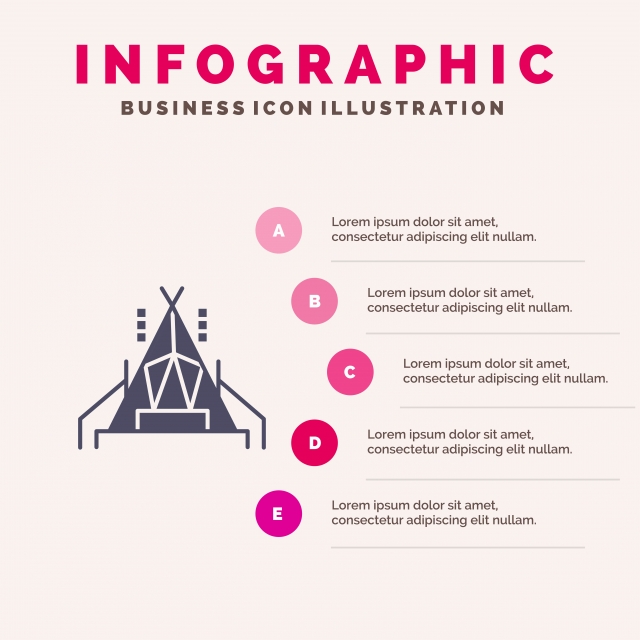While both offer staminas in different environments, it's important to determine which sort of insulation will certainly finest serve your needs. The insulation you choose influences heat, weight, water resistance, compressibility and rate.
Down is harvested from waterfowl, normally ducks or geese. It is prized for its agility, easy compression and shielding homes. Nonetheless, down ends up being much less effective when damp.
Warmth-to-Weight
A high warmth-to-weight ratio is preferred in outdoor garments and equipment. The protecting properties of down feathers make them an excellent option for this function, as they are extremely warm and light-weight.
However, down sheds its shielding capabilities when it splashes, meaning it needs to be coupled with a water-proof shell. In addition, some people are allergic to down, making artificial coats a better choice for them.
Artificial insulations are generally made from recycled polyester and created to mimic down's protecting buildings. They are not as lightweight as down, yet they do not shed their shielding capabilities when they splash and completely dry faster than down. They are additionally more cost effective than down. However, their lifespan is shorter than down, causing greater maintenance and replacement expenses.
Water Resistance
The insulation you pick for your job jacket will make a huge distinction in how comfortable you feel outdoors. Nevertheless, the sort of insulation you pick also has significant implications for your sustainability goals.
Down is an exceptional insulator for a variety of reasons. It's lightweight, compressible, and provides a great warmth-to-weight proportion. Nonetheless, it does not prosper when it gets wet. Down clumps up and loses its loft when wet, which can substantially decrease its capability to catch heat.
Artificial insulation products, such as Thinsulate and Primaloft, stand up much better against wet conditions. They generally have a tight weave or chemical finishing that keeps water from permeating the textile. This permits the insulation to continue to be breathable, even if damp. It deserves keeping in mind that synthetics can also be uncomfortable when wet, but they keep their insulating homes.
Compressibility
While goose down does have a premium warmth-to-weight proportion, artificial insulation executes likewise. Nonetheless, unlike down which takes in and sheds its shielding capabilities when damp, synthetic insulation does not. Therefore, it can keep its loft and trap warm air in wet conditions.
Typically manufactured from polyester sheets or collections that resemble down, the most usual artificial insulation brands include PrimaLoft, FullRange, Thermoball and Patagonia's PlumaFill. While it still can't match down's loftiness and warmth-to-weight, synthetic coats are light-weight, fast to completely dry and more economical than down. This makes synthetic jackets perfect for damp atmospheres, or if you're prone to sweating heavily. Synthetic coats are likewise less delicate than down and can lose. This longevity reaches their face materials which are typically thicker and more durable than down.
Longevity
A significant consideration in sustainability is a material's long life and toughness. Natural materials like cork, ThermaCork increased cork and Havelock woollen last longer than synthetic options like fiberglass and plastic. They likewise require much less upkeep and can endure harsh ecological conditions.
However, all-natural insulation doesn't perform too when wet as synthetic choices. Wool and fleece clump with each other when wet, compromising their capacity to trap heat. Synthetic insulation, on the other hand, does not absorb wetness and continues to shield even when saturated.
This makes synthetic insulation perfect for wet climates and laborious activities where you could sweat heavily. It's additionally much easier to wash and dries out faster than down. This added longevity and dependability make synthetic insulation a general winner in this camping classification. This translates to sturdy insulated job boots that last long and maintain you warm with requiring atmospheres.
Sustainability
All-natural materials supply biodegradability and a smaller ecological footprint, while artificial choices brag resilience and cutting-edge applications that support power efficiency. Nonetheless, it is very important to understand truth environmental influence of these insulation products from cradle-to-grave.
For instance, if an all-natural insulation product has to take a trip a cross country from its resource to the structure site, transportation-related discharges increase its total carbon footprint. Selecting in your area sourced and recycled products lowers that impact. And, selecting GREENGUARD and Cradle to Cradle certifications makes sure that insulation is devoid of unstable natural substances (VOCs) and supports liable sourcing and labor conditions.
Sheep's woollen and cork are eco-friendly insulation sources that are gathered without damaging the tree or plant. Both have actually the added benefit of being normally immune to mold, insects and dampness.
